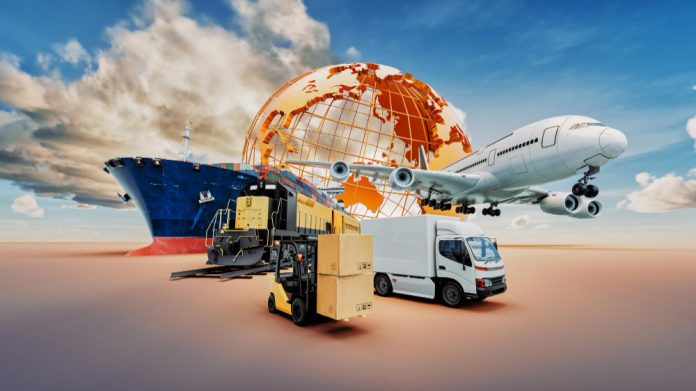The COVID-19 pandemic was a global disruptor—but for India’s logistics and transportation sector, it was nothing short of a stress test. Lockdowns, labor shortages, and border restrictions paralyzed the movement of goods across the country. Yet, out of this chaos emerged a renewed focus on resilience, digital agility, and smarter supply chains.
Now, with the crisis phase behind us, the industry—led by think tanks like the CII Institute of Logistics—is writing its recovery playbook. And the lessons from 2020-21 are shaping a future that’s leaner, more connected, and more shock-resistant.
How the Pandemic Reshaped Indian Logistics
The early months of the pandemic revealed critical gaps in India’s logistics ecosystem:
- Dependence on manual operations led to bottlenecks when physical movement was restricted.
- Limited cold-chain infrastructure impacted the transport of perishables and medical supplies.
- Fragmented information systems prevented coordinated responses.
According to a CII whitepaper published in late 2021, nearly 80% of logistics firms experienced a disruption in their supply networks during the first wave.
CII’s Framework for Logistics Resilience
The CII Institute of Logistics, in collaboration with private and public sector stakeholders, has since crafted a five-pillar framework to rebuild the logistics sector:
- Digitization: Encouraging widespread adoption of TMS, WMS, and e-logistics platforms
- Decentralization: Developing regional hubs and last-mile autonomy
- Skilled Workforce: Investing in cross-training and multi-role transport workers
- Multimodal Logistics: Reducing reliance on roads by integrating rail, air, and waterways
- Risk Diversification: Encouraging flexible contracts and inventory rebalancing
Success Story: Kerala’s Rapid Response Supply Chain
Kerala’s health logistics network, revamped during the pandemic with guidance from CII and state transport agencies, is now a blueprint for rapid deployment logistics. Using a mix of digital dashboards, GPS tracking, and warehouse zoning, the state ensured uninterrupted movement of vaccines, oxygen, and essential commodities—even during peak lockdown.
The Role of SMEs in Driving Grassroots Recovery
While large logistics players had digital buffers to ride out the crisis, SMEs bore the brunt of the economic shock. Now, with support from CII and financial institutions, small fleet operators and local logistics hubs are:
- Accessing low-interest working capital loans
- Participating in tech adoption schemes
- Training their staff in COVID-safe logistics protocols
This inclusionary approach ensures that recovery is equitable, not just efficient.
Where Does the Industry Go From Here?
The post-pandemic logistics era in India will be defined by preparedness, flexibility, and sustainability. Future disruptions—whether climate-related, geopolitical, or health-based—will demand:
- Faster onboarding of digital infrastructure
- Collaboration between industry bodies, startups, and the government
- Policy innovation to allow real-time decision-making
The CII Institute of Logistics continues to spearhead roundtables and policy reviews, ensuring these goals remain aligned with India’s broader economic recovery agenda.
Conclusion
The Indian transportation and logistics industry is not just recovering—it’s reinventing itself. The pandemic exposed cracks in the system, but it also accelerated transformation. With leadership from institutions like the CII Institute of Logistics, the sector is embracing a smarter, more adaptive future—one where resilience is built into every route, and agility is just as important as speed.












